12 Snakes Invading U.S. Lakes And Rivers And Why Their Numbers Are Surging
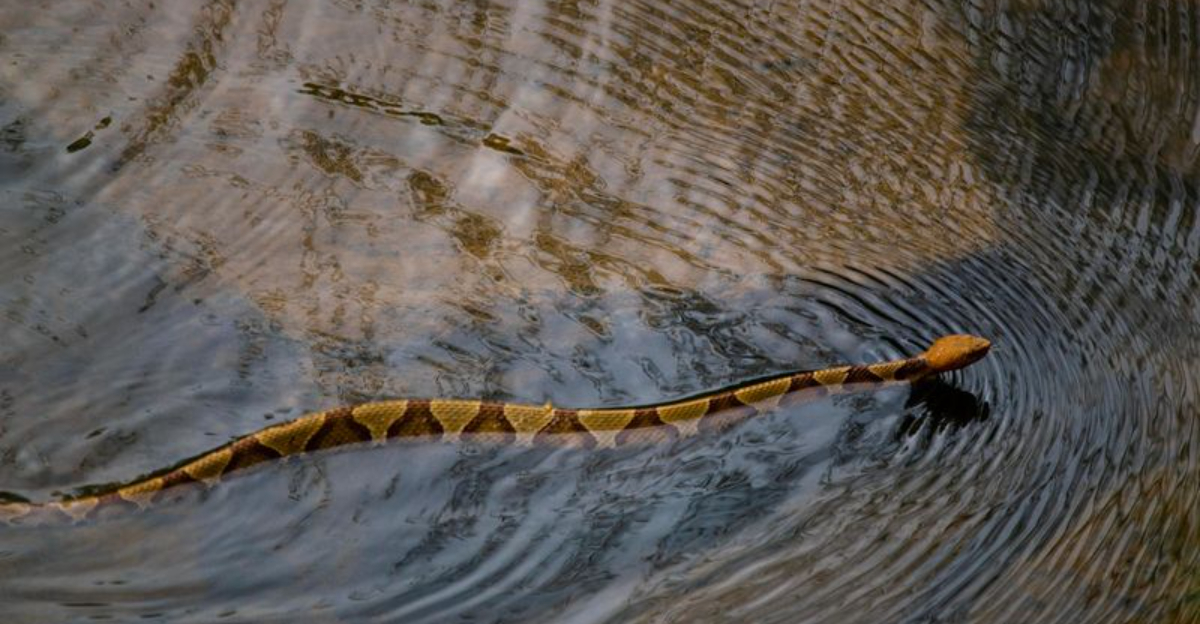
Snake populations are silently exploding across American waterways, creating a hidden crisis for native wildlife. These slithering invaders are disrupting ecosystems from Florida’s swamps to California’s rivers, devouring local species and multiplying at alarming rates.
Climate change, pet releases, and reduced predator populations have created perfect conditions for these reptiles to thrive in places they never belonged.
1. Burmese Python
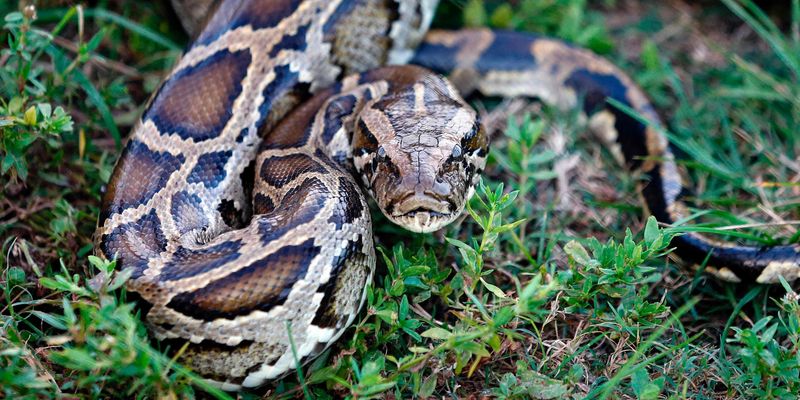
These massive constrictors have transformed the Everglades into a reptilian empire since the 1980s. Released by overwhelmed pet owners, they’ve devoured 90% of small mammals in some areas.
With no natural predators and the ability to lay 100 eggs annually, their population has exploded beyond control. Warming temperatures have expanded their potential range northward into previously inhospitable territories.
2. Red-Bellied Water Snake
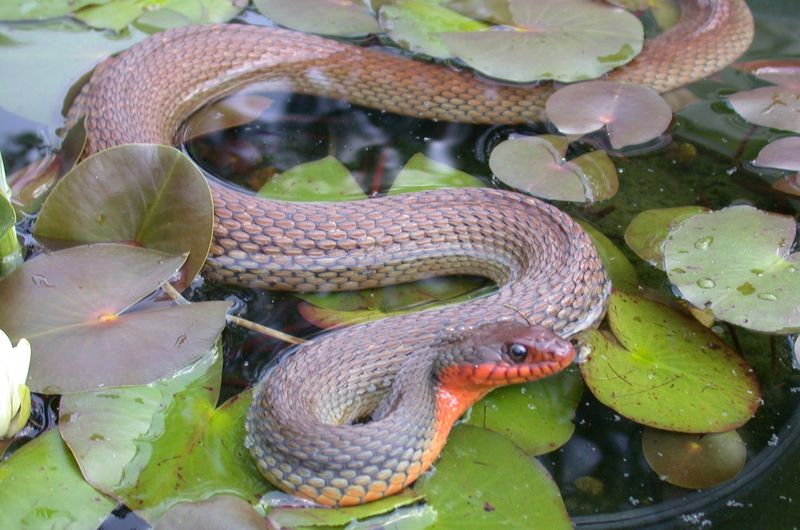
The Red-Bellied Water Snake is an invasive species found primarily in the southeastern U.S., particularly in areas around rivers and lakes. Often introduced through pet releases or escapes, this non-venomous snake has begun to encroach on new habitats, competing with native species for food and shelter.
While it may not pose a direct threat to humans, the Red-Bellied Water Snake preys on local fish and amphibians, disrupting the delicate balance of ecosystems.
Its growing presence in these freshwater habitats has raised concerns among wildlife experts, as it continues to expand its range and impact local biodiversity.
3. Ball Python
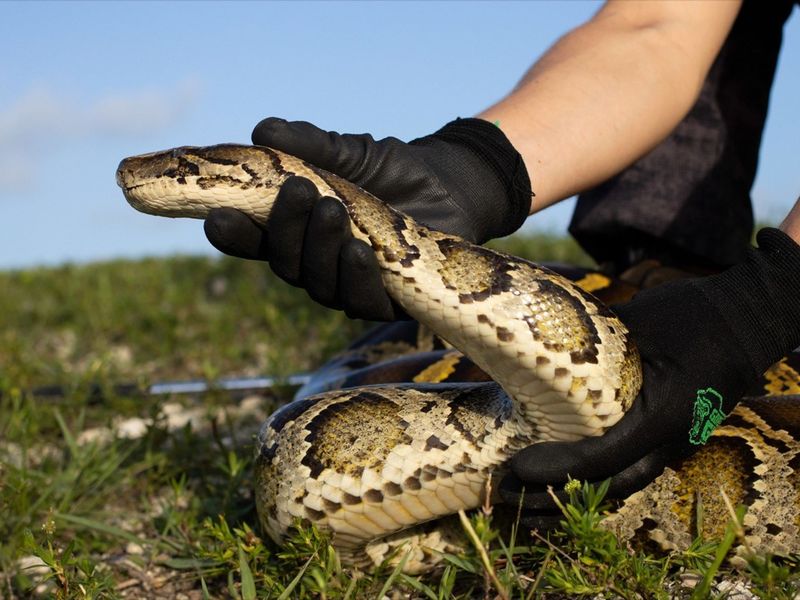
America’s most popular pet snake has established breeding populations in Florida’s urban canals. These relatively docile constrictors ambush prey from shoreline vegetation, targeting small mammals and birds.
Pet releases spike during economic downturns when owners can’t afford their care. Their remarkable adaptability to varying temperatures has allowed them to survive in regions previously thought too cold for tropical reptiles.
4. Boa Constrictor
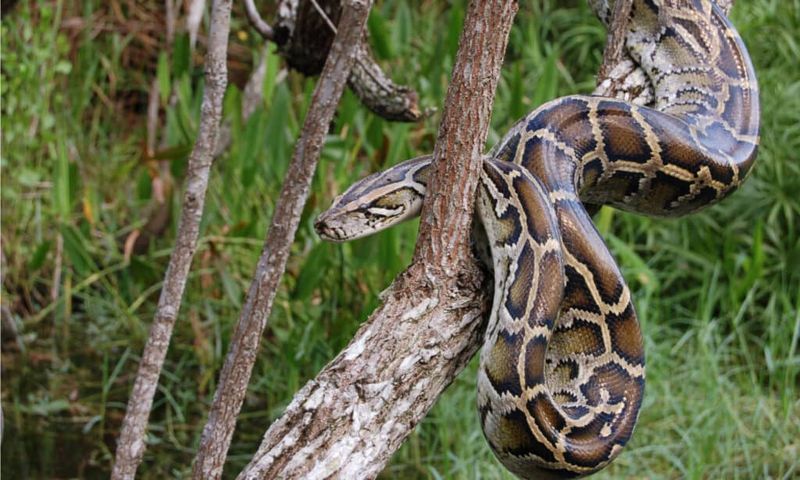
Hurricane Andrew’s 1992 destruction of breeding facilities released hundreds of boas into Florida’s wilderness. Since then, they’ve thrived in the humid subtropical climate, growing up to 13 feet long. These powerful constrictors excel at swimming between islands and waterways.
Female boas give birth to live young rather than eggs, allowing faster population growth and increasing their survival rate in new territories.
5. Green Anaconda
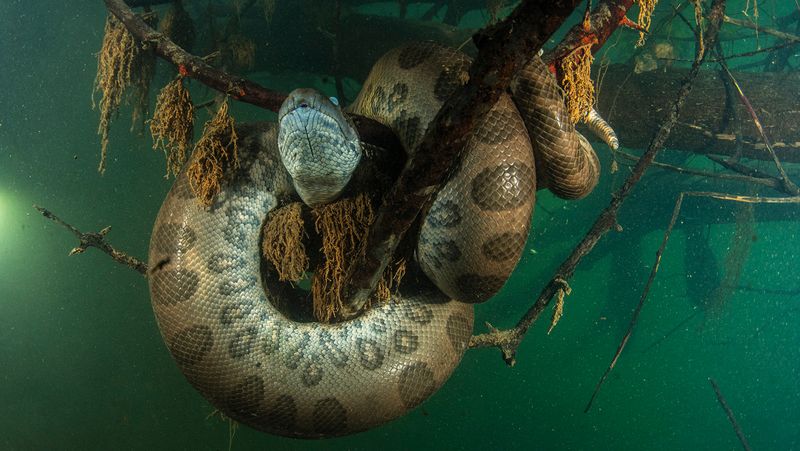
The world’s heaviest snake has established breeding colonies in Florida’s wetlands following pet releases. These aquatic giants spend most of their time submerged, making detection nearly impossible until populations are established.
Females grow dramatically larger than males, reaching 15+ feet and 200+ pounds. Their incredible swimming ability allows them to dominate water-based ecosystems, consuming everything from fish to full-grown deer.
6. Reticulated Python
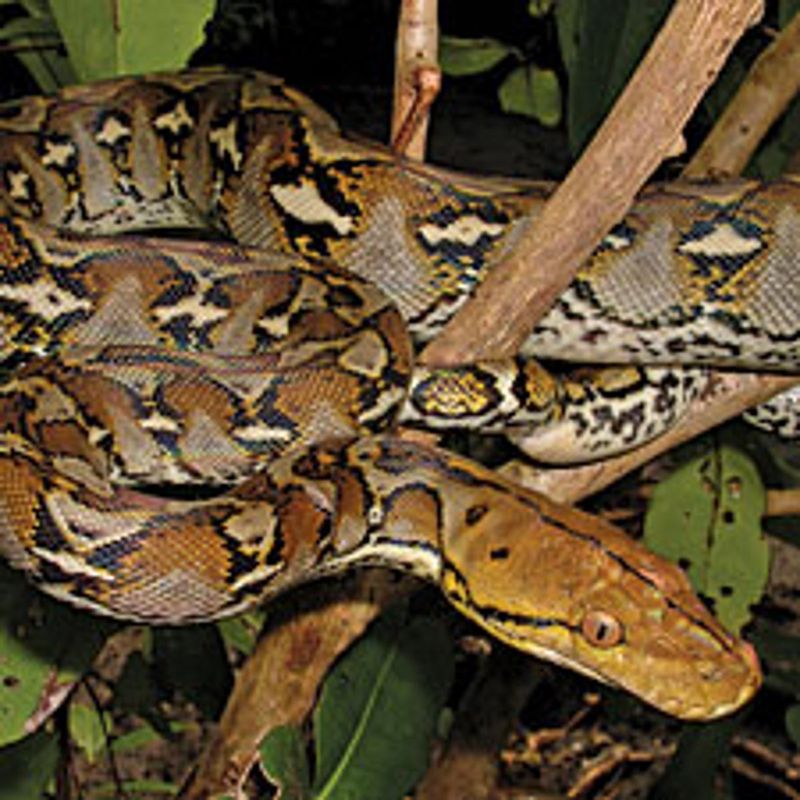
Reaching lengths of 20+ feet, these giants have been spotted in Florida waterways since 2012. Originally from Southeast Asia, they’re exceptional swimmers who thrive in tropical wetlands. Thermal imaging surveys reveal they’re more widespread than previously thought.
Their incredible camouflage patterns make them nearly invisible in dappled water, allowing them to ambush prey ranging from raccoons to alligators.
7. California Kingsnake
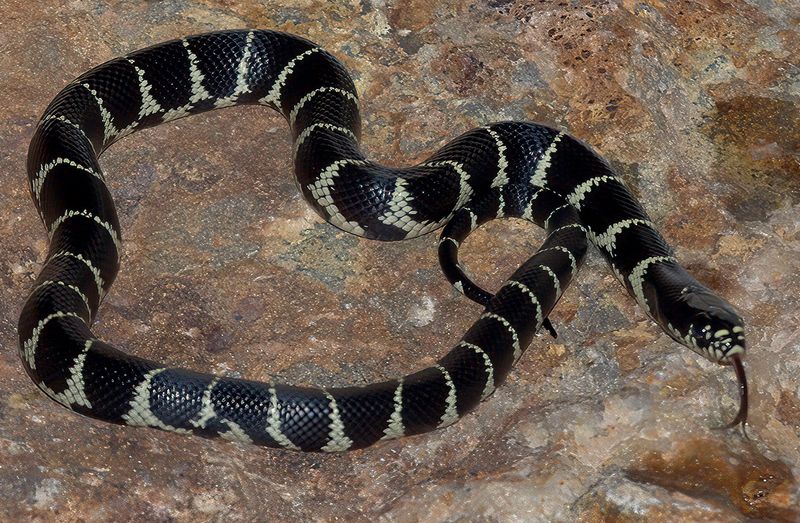
While native to parts of the western U.S., these adaptable hunters have invaded new watersheds through pet releases. Their name comes from their ability to kill and eat other snakes, including venomous species!
Highly territorial, they’ve pushed out native snake species in southern California river ecosystems. Their striking black-and-white banded pattern makes them popular in the pet trade, leading to frequent releases.
8. Garter Snake
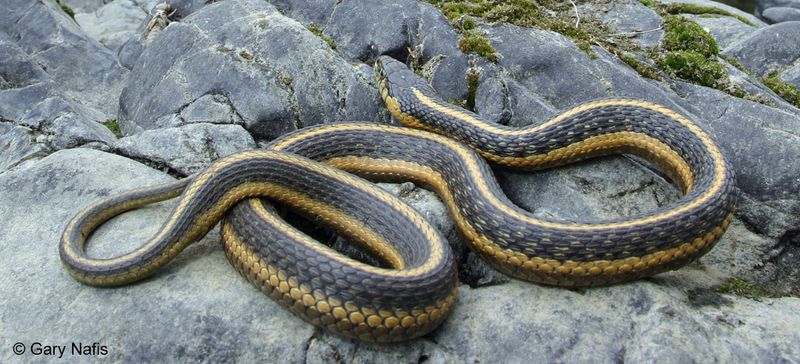
Certain subspecies have become problematic invaders in California’s delicate riparian zones. Unlike most snakes on this list, they’re relatively small but compensate with explosive reproductive rates. They target endangered native amphibians and small fish.
Climate change has extended their active season by nearly two months in some regions, allowing additional breeding cycles and population booms in watersheds where they weren’t historically abundant.
9. Brown Tree Snake
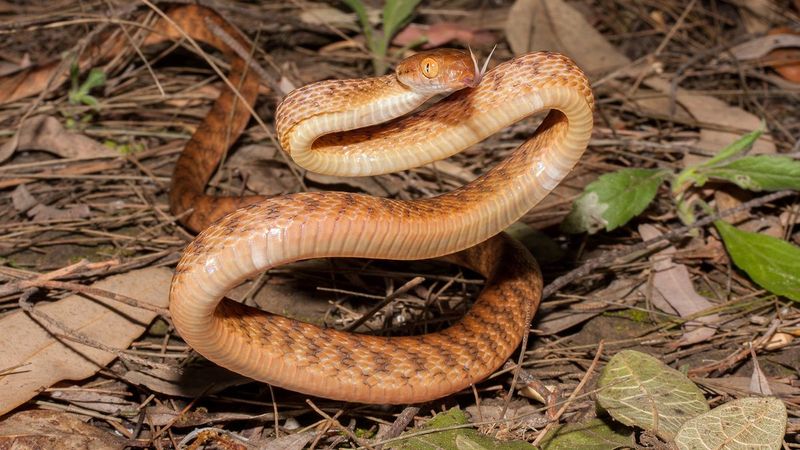
Famous for decimating Guam’s bird population, these nocturnal hunters have been intercepted at multiple U.S. ports. Military transport planes inadvertently carry them from Pacific islands to mainland facilities.
Their mild venom poses little threat to humans but paralyzes small prey. Remarkably adaptive, they can climb virtually any surface and squeeze through openings the width of a pencil, making containment nearly impossible once established.
10. African Rock Python
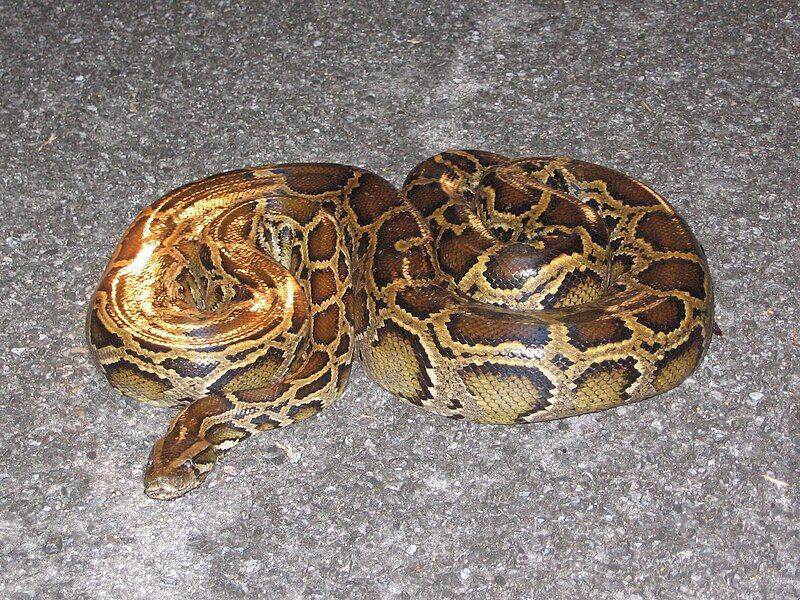
Florida’s Everglades now host breeding populations of Africa’s largest snake. Unlike their Burmese cousins, these pythons have a reputation for aggression and will actively defend territory. They can reach 20 feet long and weigh over 200 pounds.
Their incredible heat-sensing abilities allow them to detect prey from remarkable distances, making them efficient hunters in Florida’s canal systems and giving them advantages over native predators.
11. Copperhead
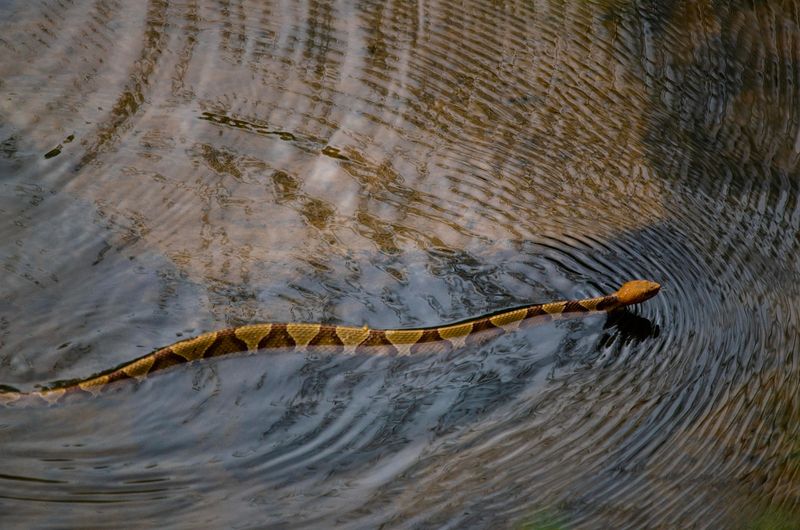
Native to eastern states, copperheads are expanding their range into suburban waterways. Climate shifts have pushed these venomous ambush predators into new territories along river corridors. Excellent swimmers, they hunt frogs and fish along shorelines.
Development near waterways has created ideal habitat with rock walls and landscaping that provide perfect hunting grounds, allowing populations to surge in areas where they compete with non-venomous water snakes.
12. Eastern Diamondback Rattlesnake
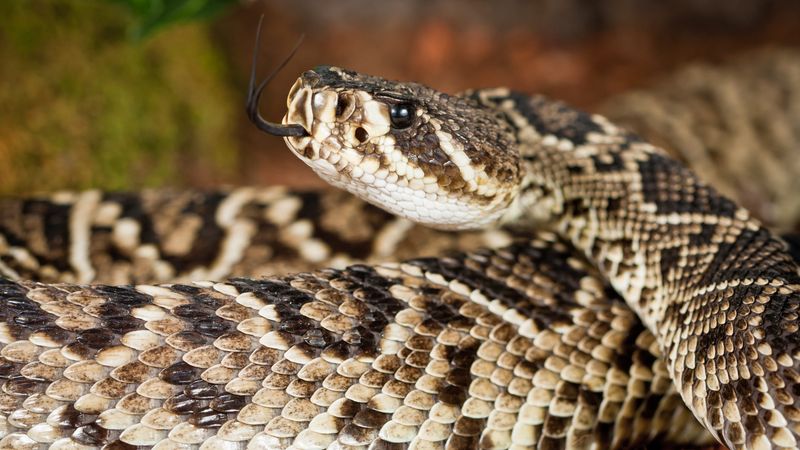
America’s largest venomous snake is increasingly found along southeastern waterways. Habitat loss has concentrated populations near rivers and lakes, where prey remains abundant despite urban encroachment. These iconic pit vipers can swim impressively well when necessary.
Climate change has altered their hibernation patterns, extending their active season and allowing them to reproduce more frequently in coastal watersheds where warming has been most pronounced.






